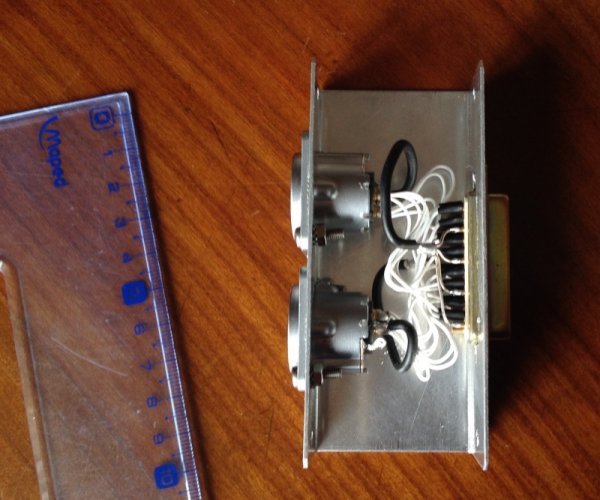Happy New year Andrew
Excellent post - it goes to the heart of how profoundly pathetic the digital world is in serving its customers
Brilliant technical steps forward to be sure but all software seems to have inexplicable faults due to poor design
On computer audio
I have been very happy with dual computer ,A0, jplay and all that to the extent that my CEC TLOX is not even plugged in but have yet to figure out how to get DSD through it to the nagra - I might just stay with pcm for a while !
Cheers,
Phil
Excellent post - it goes to the heart of how profoundly pathetic the digital world is in serving its customers
Brilliant technical steps forward to be sure but all software seems to have inexplicable faults due to poor design
On computer audio
I have been very happy with dual computer ,A0, jplay and all that to the extent that my CEC TLOX is not even plugged in but have yet to figure out how to get DSD through it to the nagra - I might just stay with pcm for a while !
Cheers,
Phil














